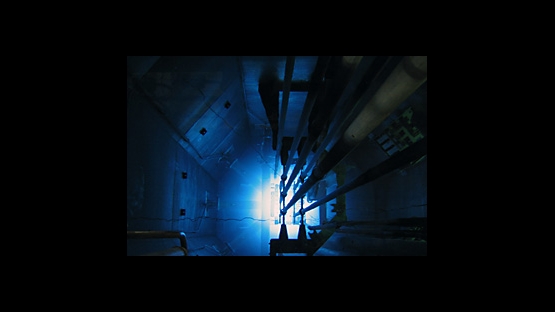At a time when many Member States are looking at nuclear energy as an option to meet growing energy demands, research reactors - vital components for a number of nuclear technologies - are facing major challenges.
While there is an urgent need to better manage the fuel used in the research reactors, the fleet of reactors is also aging fast.
Research reactors, in contrast to power reactors, are not used to generate electricity, but serve as centres for research and development of nuclear science, training and production of materials (isotopes) for medical and industrial uses. In short, they are crucial for the development, deployment and sustained contribution of a number of non-power, nuclear technologies and often contribute significantly to capacity-building in support of burgeoning nuclear power programs.
With these issues at the core, the European Nuclear Society (ENS) in cooperation with the IAEA has organised a meeting in Marrakesh, Morocco, from 22 to 25 March.
Better Fuel Management
There are approximately 250 operating civilian research reactors, of which approximately 75 use highly enriched uranium (HEU) as their fuel. But the use of HEU has the potential of nuclear proliferation as it could also be used for producing nuclear weapons. The solution - "Converting HEU reactors to low enriched uranium (LEU)," says Pablo Adelfang, Leader of the IAEA´s Research Reactor Group and Cross-Cutting Coordinator for IAEA activities related to research reactors. "By 2020, almost all civilian HEU reactors will be converted to LEU reactors," he says.
"When converting HEU reactors to LEU, we need to increase the density of the fuel. It needs to be around 4 to 5 times more dense than the equivalent HEU fuel," explains Adelfang. "This presents a challenge, and it will be a major focus of the meeting."
"Bottom-line is that with HEU minimization as the driving force, we need to develop technical tools to develop and qualify high-density LEU fuel which will replace HEU fuel with negligible or no impact on reactor performance," says Adelfang.
Need for Ageing Management
Another major challenge is dealing with a fleet of aging research reactors around the world. Around 65% of operating research reactors are at least over 30 years old.
While training and research activities get adversely affected due to extended shut-downs of the aging research reactors, medical practices that require isotopes, like cancer treatments, suffer a more serious blow.
"Ninety-five percent of the most utilized medical isotope worldwide are produced by 5 research reactors - all of them over 40 years old," states Ed Bradley, nuclear engineer in the Research Reactor Group. "Since the last quarter of 2007, we have seen extended shut-down among these reactors, severely curtailing the supply of medical isotopes," he adds.
"At the meeting we discuss how to address the refurbishment and modernization of the reactors and technologies related to ageing management, and planning," says Bradley.
"We have already set up an Aging Reactor Database, which will be presented at the meeting, and we encourage experts to send in information to add to this database," he concludes.


